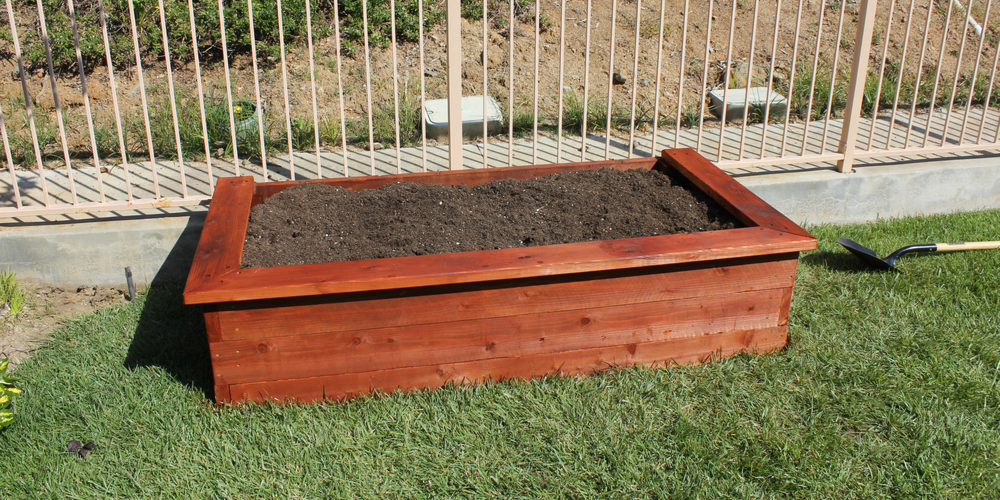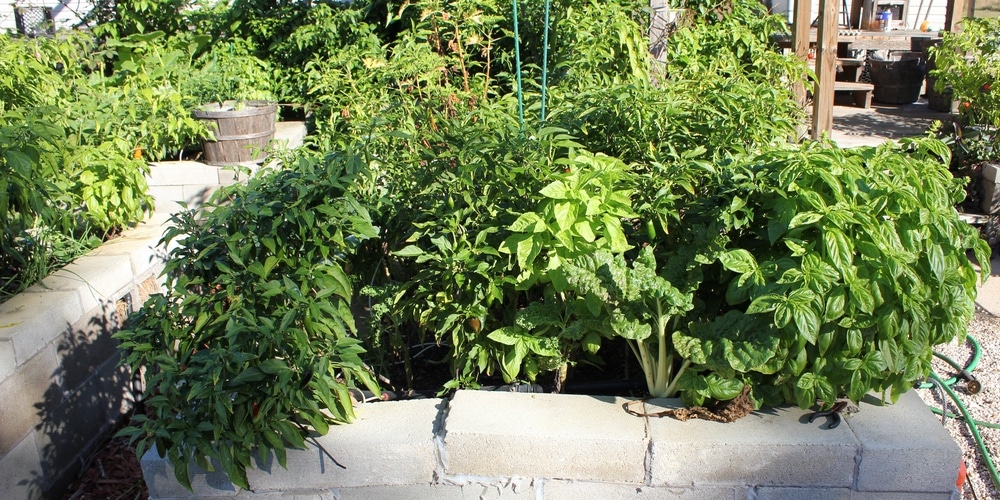Gardening is a fun activity, and it can become even more interesting if you do it on raised beds! But what are raised bed gardens? If you don’t know this already, it is a “garden spot” that sits on top of your existing soil. It can be only a few inches tall or higher, and you can make it out of different materials.
Despite their aesthetic appeal, things are not always as simple as they look. Indeed, keeping a raised bed garden takes time and effort. And on top of that, sometimes, the material of the frame you choose might rot when exposed to heat, humidity, and other external conditions.
But if you wonder how to stop raised beds from rotting, you have landed in the right place. You’ll find all the information you need in this essential guide we put together for you!
How to Make A Raised Bed Garden

Before we get into how you can stop your raised beds from rotting, it might be worthwhile going over how to make one. Most of such constructions have frames. You can choose how to make yours depending on what’s available to you (and your preferences).
Traditionally, raised beds to involve the use of wood or sturdy plastics. However, you can also use stones, blocks, bricks, metal, or even concrete pieces. You can unleash your creativity here! Find innovative uses for what you have at hand (and don’t forget to make it match your landscape).
If you don’t have much time for building one, don’t worry: you can order pre-assembled kits. Doing so will save you much time and allow you to enjoy your raised bed garden in no time!
While the depth of your raised beds can vary, they depend on the species you decide to plant. For instance, tomatoes need more soil than lettuce and pansies. Ensure you check with your plants’ requirements to avoid making mistakes.
Finally, while you usually don’t need a bottom, you should consider making one of fine mesh. It will improve drainage and water retention: both are essential to keeping healthy raised beds.
How to Prevent Your Raised Beds From Rotting?
If you are struggling with rotting raised beds, don’t worry: it is not an uncommon issue. The good news is that there are many ways to prevent them from going bad.
If you decide to make your raised bed frame from wood, choose rot-resistant species. For instance, cedar is an excellent option. However, even that will decay over time, especially without proper care.
You can use a stain or liner to make the wood last longer. While wood might look more attractive (and more rustic) than other materials, it requires treatment to withstand external conditions.
Indeed, water, humidity, pests, and heat will speed up the decaying process. And keep in mind that longer-lasting types of wood like cedar or redwood are more expensive than other options.
If you don’t like the idea, you can always choose another material, such as brick, stone, or plastic, which will last longer than wood. If you are looking for high resistance, go with stone. Plastic might wear down and crack due to heat, moisture, and sun exposure.
How Can You Treat Wood For Your Raised Garden Beds?
Don’t forget that different types of wood might require varying treatment and paint. The process is straightforward. It involves scraping the surface with sandpaper to make it smooth, using a brush to apply some suitable oil (or a proper sealer), and allowing it to dry. For even better results, reapply the oil before exposing the wood to direct sunlight.
Ensure the wood is clean and dry before starting to avoid locking in moisture with the chemicals. If you are worried about chemicals contaminating your soil, look for organic options.
You might get some good results even without treating wood. However, depending on the thickness and quality of the material, it will probably start rotting within 2 to 6 years if you don’t take measures to prevent it.
Keep in mind that microbes, moisture, and oxygen are some of the crucial factors impacting the quality of untreated wood.
This material tends to root faster in higher temperatures, especially when there are cracks or holes in the frame, which allow pests to get into it (and possibly damage your plants).
Related article: Non Toxic Garden Bed Liners
